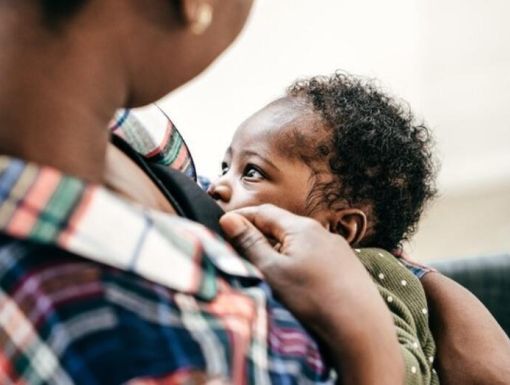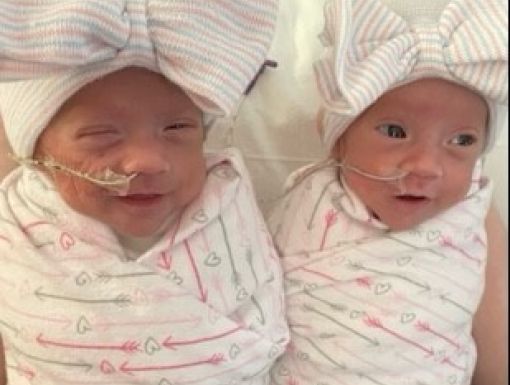
7 Top Mastitis Symptoms and Treatment Guidelines
Breastfeeding can be a positive and rewarding experience for you and your baby, but sometimes, it comes with concerns and challenges. Occasionally, some women may experience signs and symptoms of a breast infection called mastitis. This breast inflammation can occur due to cracked or blistered nipples or during extended periods without removing breast milk.
Some early warning signs of mastitis a woman may notice are redness and tenderness to the touch in one of her breasts. You may also see or feel a lump if you rub it gently. This inflammation results in breast pain, swelling, warmth and redness.
For a long time, the common medical advice was to "heat, rest and empty breast." It was believed that a plugged milk duct was the issue and needed to be vigorously massaged out immediately. However, new evidence-based information from the Academy of Breastfeeding Medicine has shown that it's not milk solidifying in the milk ducts that causes the issue but the narrowing of the ducts due to inflammation. In fact, heat and massage can worsen the inflammation.
What are the symptoms of mastitis?
Signs and symptoms of mastitis can appear suddenly. The most common include:
- Flu-like symptoms, such as body aches or chills
- Extreme tiredness
- Breast tenderness
- Hot, swollen breasts
- Redness in a triangle- or wedge-shaped pattern
- Hard lumps on your breast
- Pain or a burning sensation, especially when breastfeeding
What are the risk factors for developing mastitis?
- Have a previous history of mastitis
- Produce too much breastmilk
- Over-pump to keep the breast empty
- Have sore or cracked nipples
- Wear tight-fitting bras
- Infrequent breast emptying
How can I prevent getting mastitis?
You cannot completely prevent mastitis, but there are steps you can take to reduce your risk:
- Follow recommendations to prevent your nipples from getting cracked or sore, including making sure your baby is latching correctly while feeding and that you both are in a comfortable position.
- Changing breast pads frequently.
- Breastfeed your baby on their hunger cue 8 or more times a day
- If you are ready to stop breastfeeding, try to wean your baby off the breast over several weeks instead of abruptly.
What should I do if I think I have mastitis?
If you think you have mastitis, it is important to contact your Health Care Provider (HCP) to discuss the best treatment plan. According to the Academy of Breastfeeding Medicine’s 2022 Mastitis Protocol, Mastitis is now managed using the BAIT method in addition to your HCP’s prescribed plan of care.
- Breast rest - Do not massage your breast. Feed your baby or pump as you usually would. Don’t over-feed or over-pump.
- Advil- 800mg every eight hours for 48 hours as directed by your provider
- Ice the area for 10 minutes every 30 minutes or as needed to reduce pain and swelling
- Tylenol -1000mg every eight hours for 48 hours as directed by your provider
If addressed early, the BAIT method should provide relief, and the condition may not progress to an infection. If the breast is swollen and painful, lymphatic drainage massage may help your body drain extra fluids from your lymph nodes. This may be done several times a day as needed. This video tutorial from the Institute for the Advancement of Breastfeeding and Lactation Education demonstrates Lymphatic Massage for the Breast During Pregnancy and Lactation (youtube.com). Here are the steps to performing lymphatic drainage
- Make 10 gentle circles above the affected breast and under the clavicle
- Make 10 gentle circles under the armpit of the affected breast
- Perform a “light-touch massage” from the nipple toward the armpit. Use gentle pressure like when petting a cat, not a harsh massage. Do this all around the breast toward the armpit.
When is it time to see the doctor for mastitis?
If you experience any of the below symptoms, you must see your doctor.
- Chills
- Fever
- Swelling or redness at the lump
- Discharge from the nipple
- Flu-like symptoms
- Severe pain and discomfort
These symptoms could reflect a breast infection, and the doctor must evaluate the need for antibiotics. Continue to use the BAIT method to treat the area until the condition has resolved.
The Lactation Department at Ochsner Baptist is here for any of your breastfeeding questions. Call 504-842-5210.
For other breastfeeding tips, sign up for Ochsner's Women's Health newsletter, delivered to your inbox weekly.



